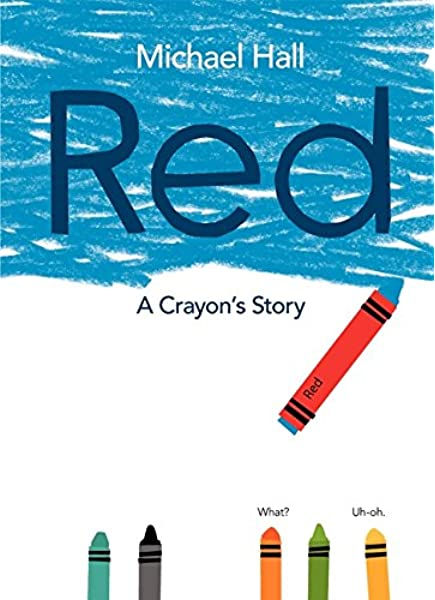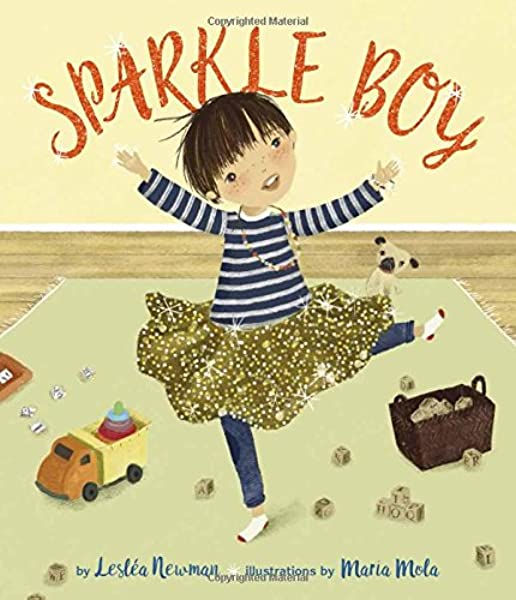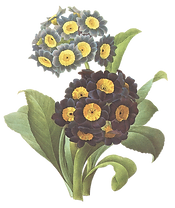Red: A Crayon's Story & Sparkle Boy
- Lauren Vines
- Sep 14, 2020
- 5 min read
Red: A Crayon's Story

This book is a powerful story for young readers about the journey to finding who you are and being comfortable expressing yourself as you know yourself to be. It is so simple, yet so complex. There are so many social norms set in place in today's society. I think children often have a hard time learning how to be comfortable with who they are, or really discover themselves. As children, we look to adults to tell us what to do, how to act, who to be. While it's important for children to have structure and adults in their life who support them, it's also important for children to be comfortable expressing themselves.
As teachers, it is also important that we create classroom environments that make children feel safe to do so. In Red: A Crayon's Story, a true blue crayon named Red struggles to conform to what the other crayons tell him to be. Even though the crayon has a red label, he is really blue. He can't color all the red things he believes he's supposed to and he finds coloring to be very difficult. He begins to believe that something is wrong with himself and that he will never be able to color anything well. But one day, he meets Berry, another crayon. Berry asks Red to color a blue ocean, and he does! He then goes on to color blue jeans, blue berries, and a blue whale. All the other crayons begin to notice that maybe he isn't red after all. He has been blue this entire time and he finally got an opportunity to express it and show others how well he can color blue things. Once the other crayons began to accept the fact that he was blue, not red, Red the crayon finally began to thrive.
Though not completely straightforward, this book addresses a lot of identity issues children face today: gender identity, gender expression, and ability issues. There are many social norms set in place regarding gender identity and expression, which this book tries to counteract. I am a Christian and a firm follower and believer of the Bible. I truly believe that God created men and women to be different in many aspects. That being said, I have my own personal beliefs in regard to gender identity and expression. However, I would never want to have a classroom environment that made a student feel less-than or not welcome because of his or her gender identity/expression. My overall goal as a classroom teacher is to create a safe, loving, welcoming environment well all students feel comfortable expressing themselves.
This book also addresses how often times, the wrong label can be placed on children, especially those with diverse abilities. I would like to use a personal example regarding the wrong labels being placed on children with diverse abilities. My brother is hearing impaired. My parents found out when he was 3 years old. He has worn hearing aids since then. He is not deaf because he can hear, just not as well as most people. Growing up, other kids were always asking me what was wrong with my brother and why he had to wear those "things" on his ears. My brother heard a lot of people call him deaf and ask him why he didn't use sign language. He didn't need to use sign language because he could hear, he could speak. Because he is hearing impaired, he doesn't hear sounds like everyone else does, especially the sound that the letter s makes. When he says words with that sound, they sound different. One time, a girl asked me to make my brother talk so she could hear how funny it sounded. I never knew my brother sounded different until other people started asking me about it. To me, Adam sounded like Adam. I never thought he sounded different. I thought he talked perfectly fine. He didn't sound like everyone else, but I never recognized it as different. My brother never said much about what he thought when other people would call him deaf or tell him he sounded funny, but I've always wondered what it made him feel like. It made me feel angry towards those people because they didn't know him like I did. But then again, I know we all make assumptions that are not true a lot of the time. That's why I try not to make assumptions about my student's abilities. I would never want them to be labeled as something and feel like they are confined to that label. I want my students to see themselves as able to do anything they set their mind to! No matter what others say.
Sparkle Boy

This book is about a young boy named Casey who sees all the sparkly and glittery things his sister Jessie gets to wear and enjoy and he wants to wear and enjoy the same things. His sister does not like the fact that he wants to wear the same things as her or paint his nails because "boys aren't supposed to." However, Casey's parents are supportive of what he wants to wear. Even though their parents try to explain to Jessie that it is okay for Casey to wear these things, she has a hard time accepting it. Jessie doesn't begin to accept the fact that Casey can like sparkly things too until they are at the library and two other boys start making fun of Casey's clothes. When Jessie sees how upset Casey was about being made fun of, she defended him and finally began to see that it was okay for Casey to wear things that boys don't normally wear.
This book goes along well with Red: A Crayon's Story because they both address finding who you are despite what others say and being comfortable with yourself. This book challenges common social norms regarding gender expression: how boys should dress, how girls should dress, what girls can like, what boys can like, etc. This book also shows what supportive parents look like and how helpful it is to be surrounded by people who love and support you no matter what.
Text Connections
Chapter One of Reading to Make a Difference is all about discovering your own identity and how teachers can support students to discover their identities through literature implementation. This chapter includes several ways to help children understand their identities through reflection activities, framework implementation (selection, connection, reflection, action, and next steps). One of the activities I love in this chapter is called an Inside-Outside poster, which children can use to draw a self-portrait and list words that describe both their inside and outside. This chapter also includes name activities that students can do to better understand their identities. These activities connect well to the two texts above. Both Red: A Crayon's Story and Sparkle Boy allow for important conversations about being true to yourself.






Comments